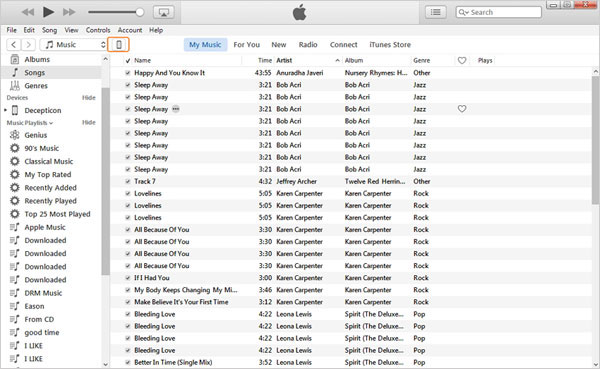

When logged in to your e-mail account, click the down arrow next to the Outlook logo and name in the upper-left corner.Follow the steps below for the version of Outlook on your computer, including the online e-mail service. Once the import has completed, you can manage your emails as usual.The steps to add a contact in Microsoft Outlook depends on the version of Outlook you use. Folders that do not yet exist are created.
 The Import items to the same folder in: (default) causes the contents to be automatically inserted into the same folder of the Outlook data file specified in the drop-down menu. For example, you can test the import without changing your general folder structure or its contents. The Import items to current folder option inserts the contents and the saved folder structure into the folder you opened before starting the import function. You can now specify where the data is to be imported (leave the default setting in case of doubt). If you want to restore the entire contents, select Outlook data file at the top and enable the Include subfolders option. Select the folder whose contents you want to import. Select Outlook data file (.pst) as the file type to import and click Next. Select Import from another program or file and click Next. Start Outlook and open the Import/Export Wizard ( File > Open and Export > Import/Export. If you don't need a password, just leave the field blank. Enter the desired password in both fields and click OK. If you want to protect your data from access by third parties, you can now save the file with a password. The Do not export duplicate items option causes only the data that has been added since the last export to be saved. The Allow duplicate items to be created option allows copies of existing data to be added over repeated exports. The Replace duplicates with exported items option will overwrite existing data with the new version of an item being exported. If in doubt, we recommend that you leave the default settings here to replace duplicates with exported elements. Now you can decide how Outlook should handle duplicates. Select the location and specify the file name for the export file.
The Import items to the same folder in: (default) causes the contents to be automatically inserted into the same folder of the Outlook data file specified in the drop-down menu. For example, you can test the import without changing your general folder structure or its contents. The Import items to current folder option inserts the contents and the saved folder structure into the folder you opened before starting the import function. You can now specify where the data is to be imported (leave the default setting in case of doubt). If you want to restore the entire contents, select Outlook data file at the top and enable the Include subfolders option. Select the folder whose contents you want to import. Select Outlook data file (.pst) as the file type to import and click Next. Select Import from another program or file and click Next. Start Outlook and open the Import/Export Wizard ( File > Open and Export > Import/Export. If you don't need a password, just leave the field blank. Enter the desired password in both fields and click OK. If you want to protect your data from access by third parties, you can now save the file with a password. The Do not export duplicate items option causes only the data that has been added since the last export to be saved. The Allow duplicate items to be created option allows copies of existing data to be added over repeated exports. The Replace duplicates with exported items option will overwrite existing data with the new version of an item being exported. If in doubt, we recommend that you leave the default settings here to replace duplicates with exported elements. Now you can decide how Outlook should handle duplicates. Select the location and specify the file name for the export file. 
Click Browse to specify the location and name for the export file.Hint: If you want to back up the entire mailbox contents (recommended), select the email address itself and make sure the Include subfolders option is checked. Now select the email folders to back up.Select Outlook Data File (.pst) and click Next.In the Import/Export Wizard, select Export to file and click Next.







 0 kommentar(er)
0 kommentar(er)
